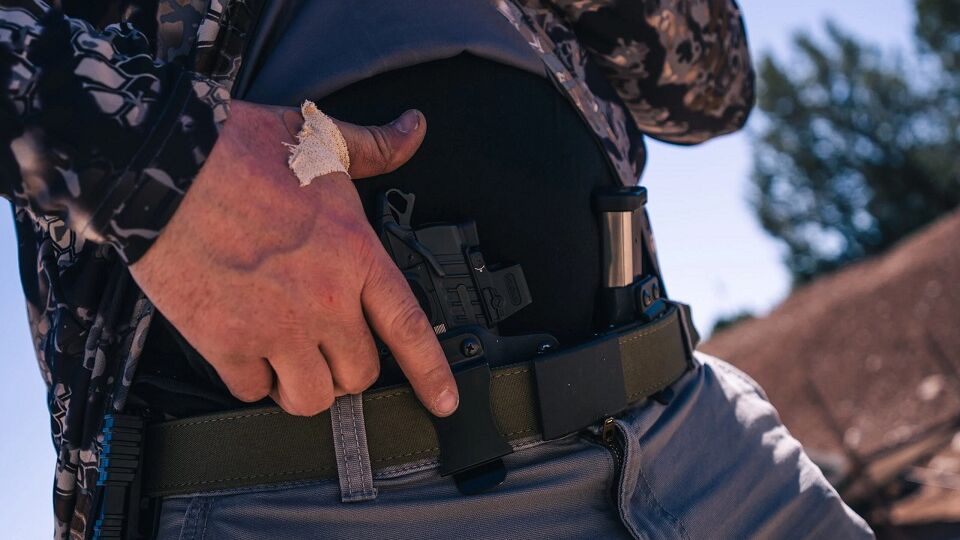
Competitive shooting requires swift and smooth movements, so the right competition holster is essential. Choosing the right one positively affects your performance.
There are many factors to consider when choosing the perfect holster, including material, sizing, accessibility, and retention. This article will discuss these factors and help you make the best choice for your needs.
Comfort
Competition shooting requires a holster that is comfortable and allows for easy access. The holster should also be able to keep the gun from shifting during use, which can cause it to slip out of position. It should also be able to accommodate a wide variety of firearms, including those with red-dot optics.
The holster material is another important consideration. Leather is the most common material, but polymer (Kydex) is more durable. Kydex holsters are highly rigid and don’t require a break-in period. They also offer adjustable retention and ride height to customize the holster to your preferred shooting position.
Finally, the holster should be compatible with your handgun’s attachments. Some competition holsters have pouches for spare ammunition, which can help you get off the line faster and improve your performance. Other holsters can be used with a mounted laser or light, which can be very helpful in competitive IPSC or USPSA shooting.
Retention
One of the biggest things you must consider when selecting a competition holster is how much retention it will have. There are various retention levels available for holsters, and choosing one that will allow you to draw your firearm without causing too much strain on the body is essential. Generally speaking, levels 2 and 3 are the most popular choices amongst competitive shooters, as anything more than these can cause too much of a burden on the individual.
Another thing that you will need to consider is how much you want your holster to be canted (see the “Cant & Tilt” section of Understanding Holsters). A holster with a cant to the rear will help to prevent your clothing from printing on the grip of your gun, while those designed for concealability tend to have a zero-degree cant. This can affect your draw speed and how comfortable you wear the holster.
Accessibility
For a competitive shooter, the gun must be readily accessible to competition. That’s why you want a holster designed to carry the firearm outside the waistband (OWB) and be easy to draw when necessary.
Look for a holster that can be adjusted to accommodate various firearms and a range of positioning options, such as cant and tilt. Also, choose a holster with a red-dot optic, as this will be required for many competitions.
These factors will help you select the right competition holster for your needs. For off-duty, everyday carry, you should look for a pocket or fanny pack holster or something similar to keep your firearm close at hand. This will be less of a burden on the body but still provide quick access if needed in self-defense. This will be an example of the form-fits function. The same considerations apply here to the other types of on-body carrying positions.
Durability
A competition holster should withstand the rigors of regular use without breaking down or becoming unusable. Look for a model made from durable materials, such as Kydex, to ensure it will last for a long time.
A holster designed specifically for competitive shooting will offer features that are a must-have for aspiring and veteran shooters alike. For example, some models feature sweat shields to reduce contact with the skin, while others allow for adjustments in ride height and cant for more comfortable carrying. Some also have adjustable retention screws for a customized fit and cut options around the ejection port to help speed up the draw. This allows the shooter to rotate their gun forward as soon as they draw, giving them a leg up on their competitors.

